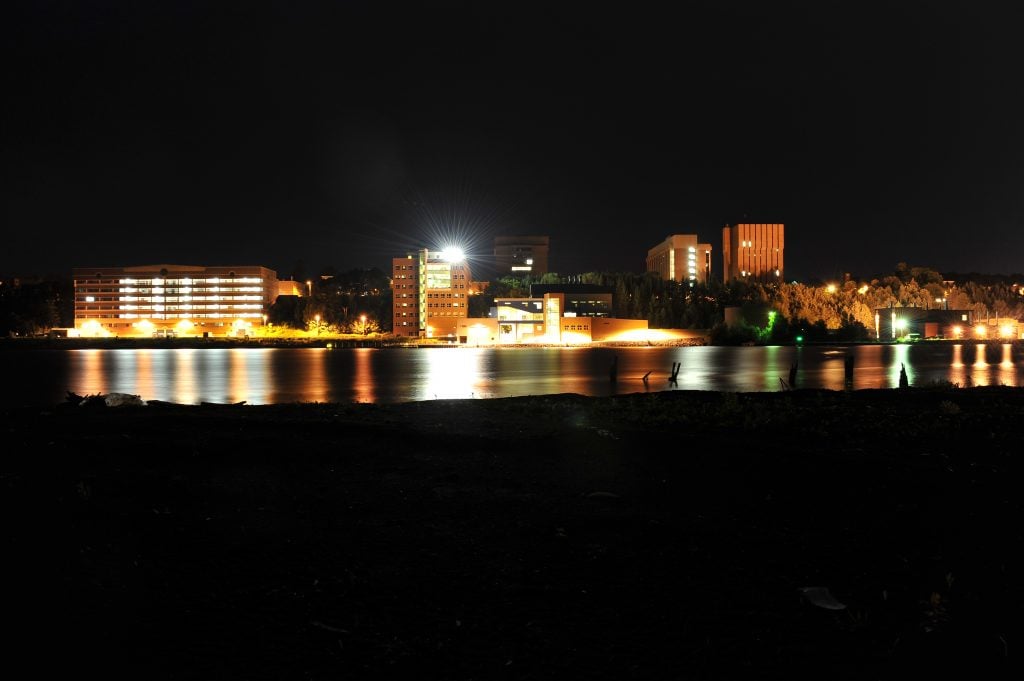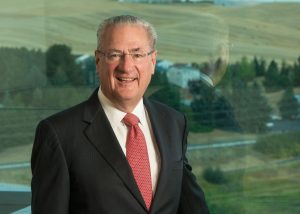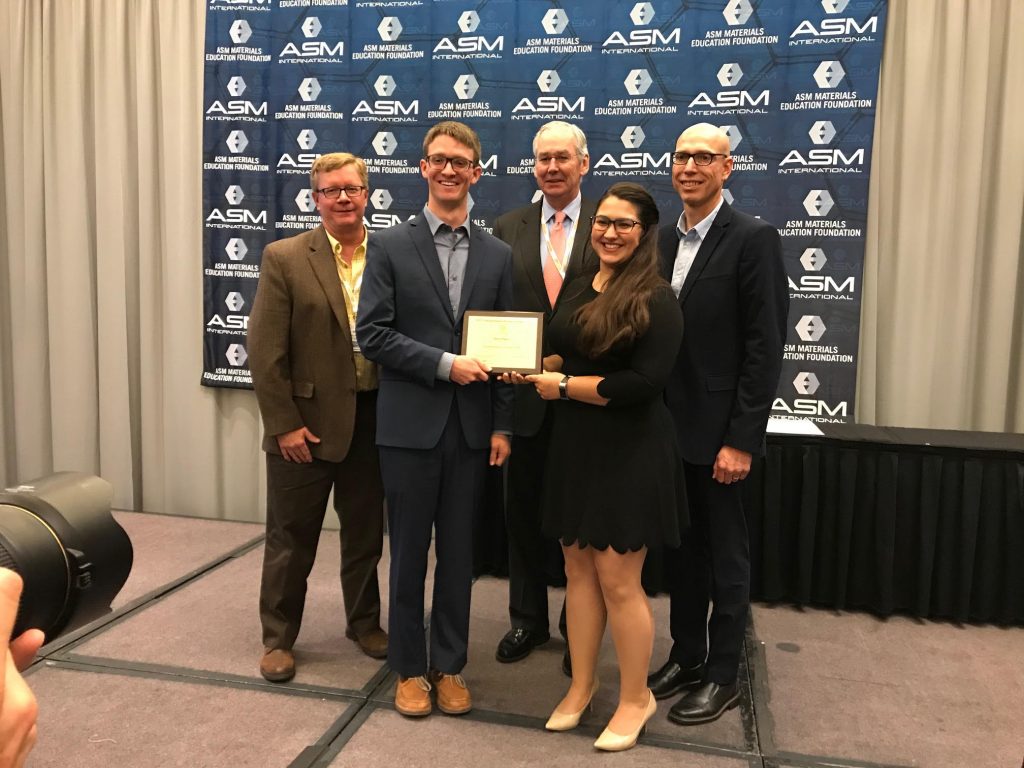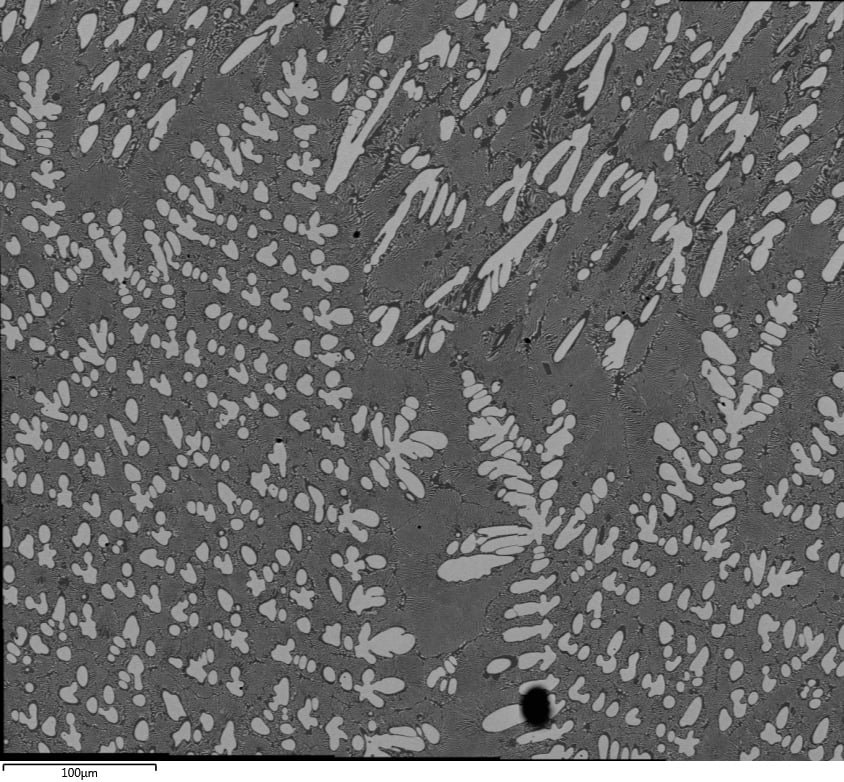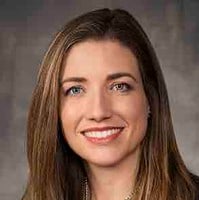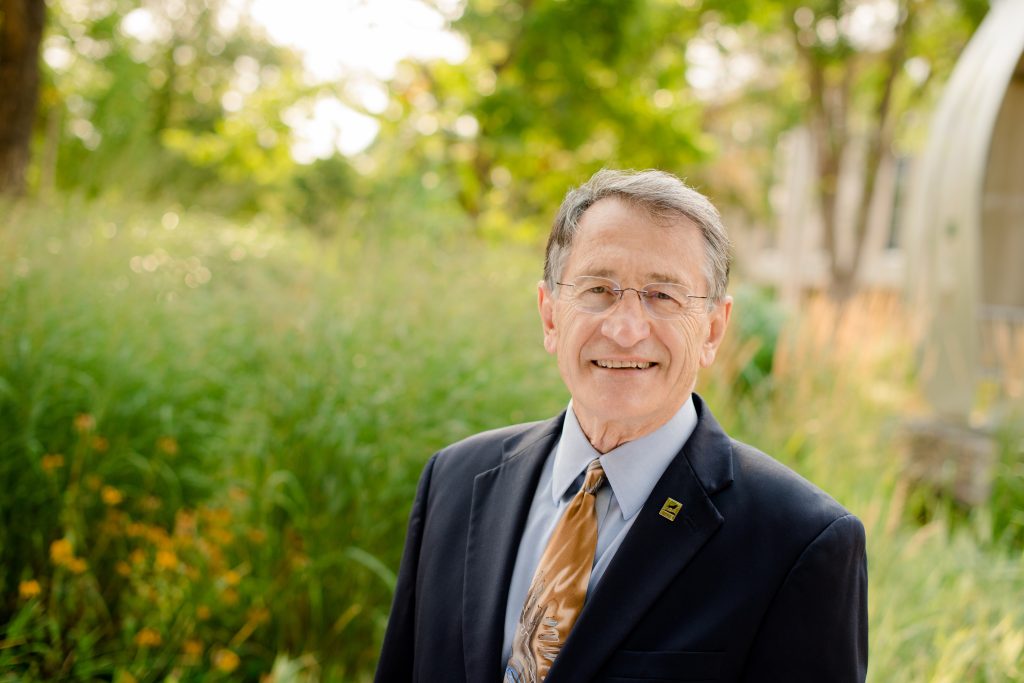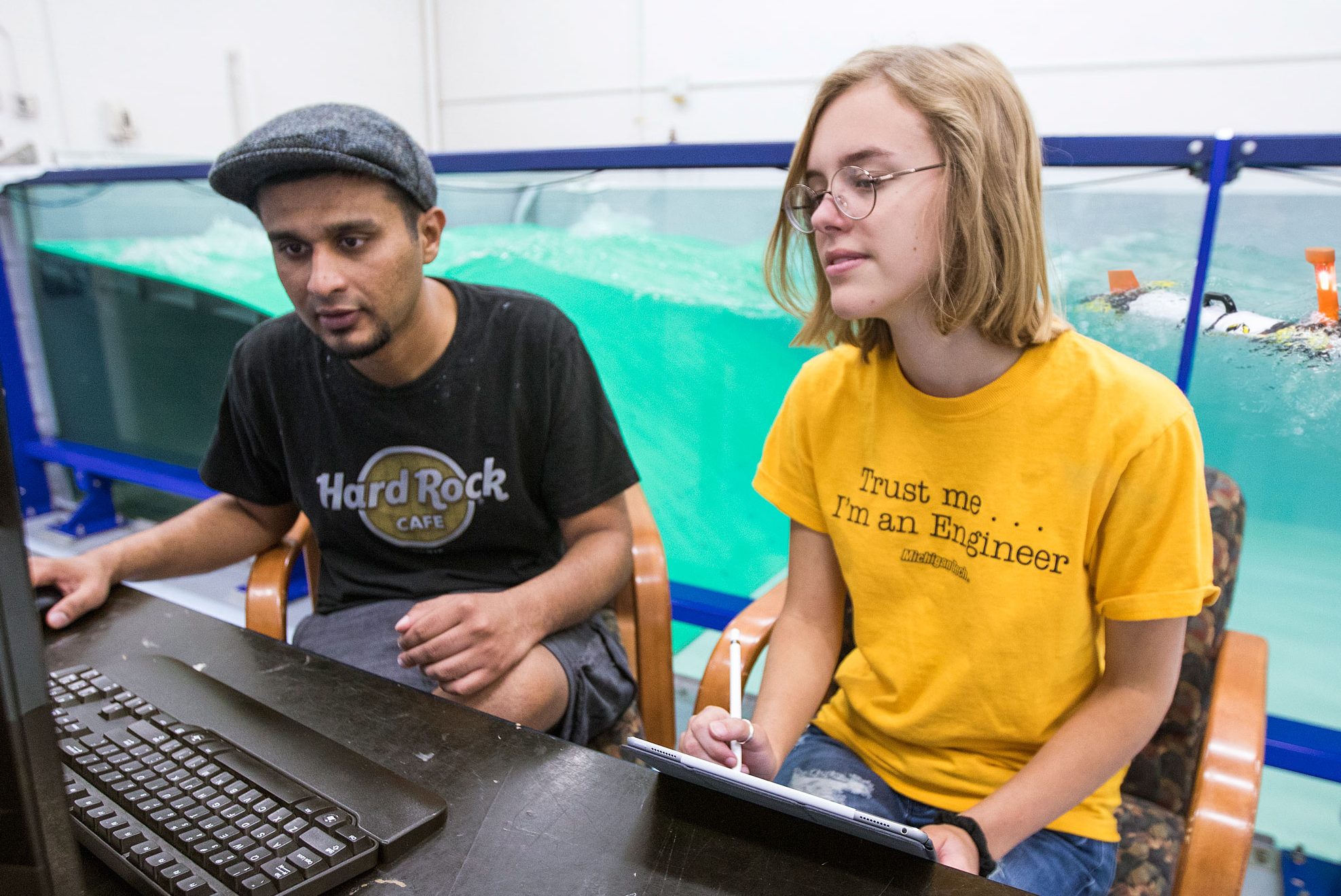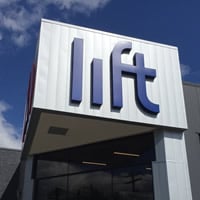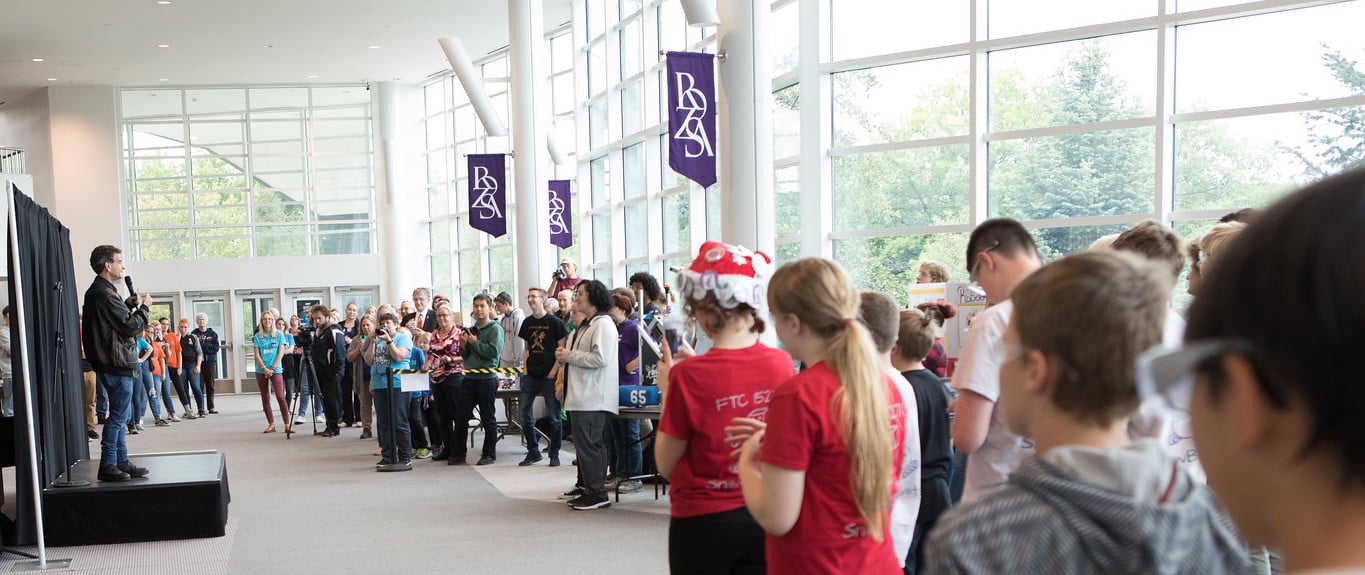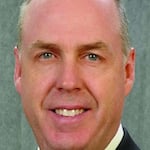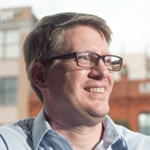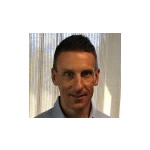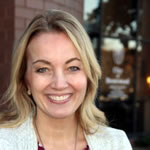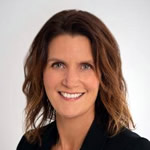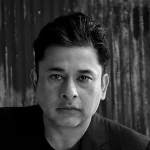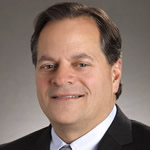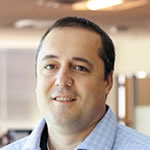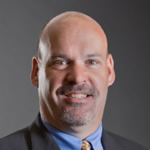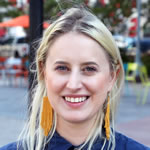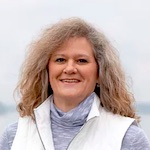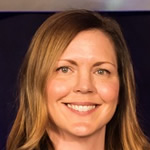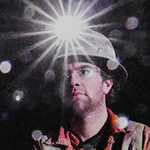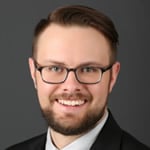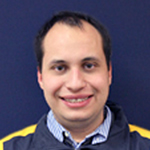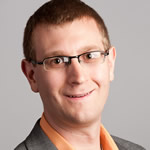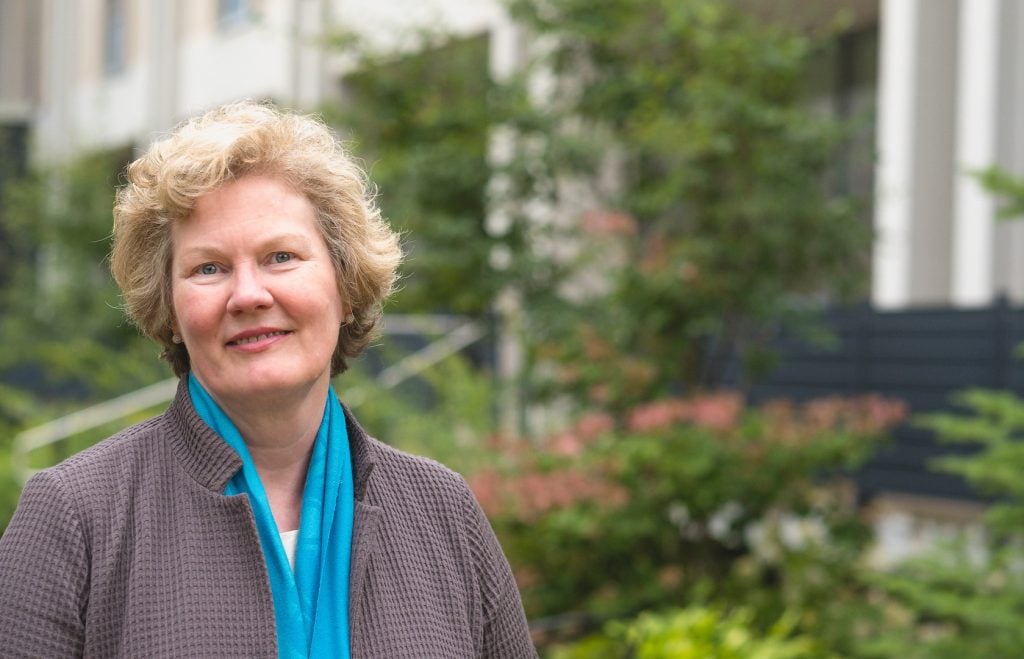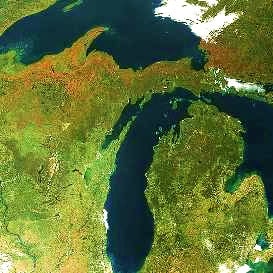 Kathleen Halvorsen (SS) is the principal investigator on a project that has received a $1,012,875 research and development grant from the National Science Foundation.
Kathleen Halvorsen (SS) is the principal investigator on a project that has received a $1,012,875 research and development grant from the National Science Foundation.
The project is entitled, “GCR: Collaborative Research: Socio-Technological System Transitions: Michigan Community & Anishinaabe Renewable Energy Systems.” Rebecca Ong, (Chem Eng) Chelsea Schelly, (SS) Joshua Pearce, (MSE/ECE) and Richelle WInkler (SS) are Co-PI’s on this project. This is the first year of a potential five year project totaling $2,723,647.
By Sponsored Programs.
Extract
The objective of this Growing Convergence Research project is to lay the foundations for a convergent, transdisciplinary field of study focused on understanding transitions in socio-technological systems. This project aims to converge social science theories of values and motivation with engineering and economics understandings of technological feasibility to develop a comprehensive understanding of how and why energy systems, in particular, are reconfigured to include renewable energy resources.
This project brings together scholars from resource management, chemical and materials engineering, electrical engineering, sociology, energy policy, philosophy of science, and regional planning to simultaneously explore the social, cultural, and technological dimensions of energy system transitions.
The project will investigate energy system transitions in eight case communities (two Anishinaabe Tribal Nations and six non-tribal Michigan communities) that vary along characteristics key to understanding energy transitions – including rural vs. urban, renewable energy sources, degree of transition, governance, and type of utility provider.
